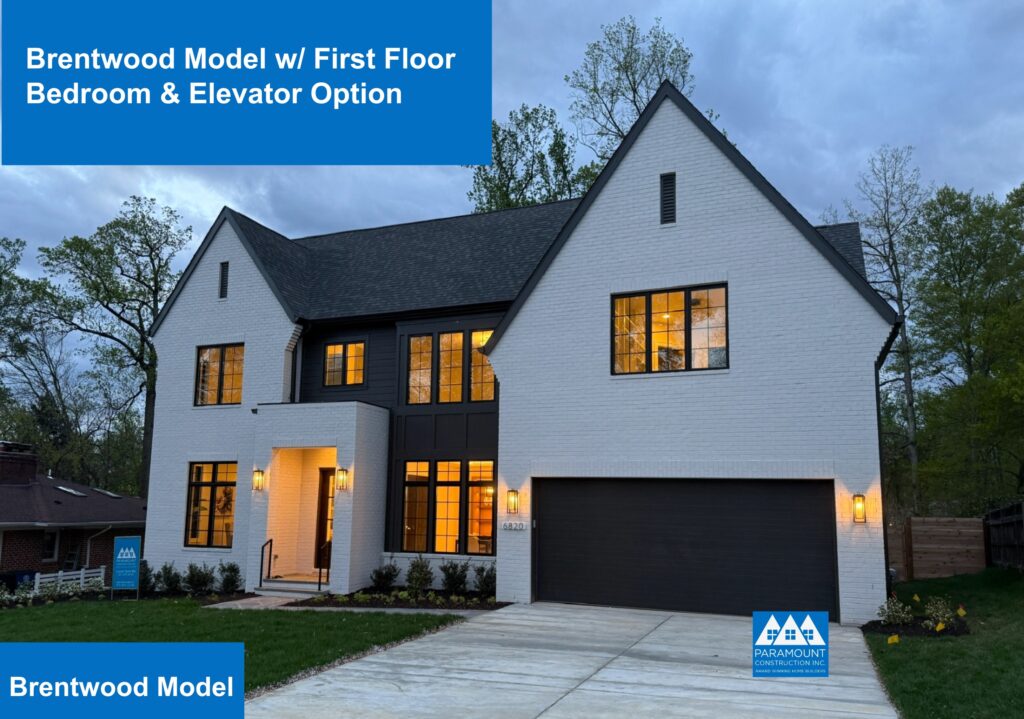New Home Mortgages
Mortgages for New Homes Don’t Have to be so Complicated

Mortgages and the costs associated with mortgages can make your head spin!
Here’s a real basic primer on mortgages that hopefully adds a little clarity.
Although each individual new home financing package has its own variety of features, the concept of a mortgage is really quite simple: a mortgage is a loan made to help you finance a home.
Your lender advances you a certain amount of money, which you repay over a specified period.
Interest Rates, points, and loan fees
The total cost of your mortgage is determined by a number of different factors, most notably the interest rate, discount points, and loan fees.
* Interest rate refers to the percentage of your outstanding loan balance that you pay the lender each month as part of the cost of borrowing money.
Your interest rate will be based on the current overall rate environment, as well as your financial profile and the specific features of your loan.
* Discount points allow you to “buy down” your interest rate at closing.
One point equals 1% of your loan amount, and the more points you pay, the lower your interest rate will be, and the less you will have to pay each month.
If you wanted to lower your closing expenses, you could also accept a slightly higher rate and pay no points.
* Loan fees are up-front charges to cover the cost of originating, processing, and closing your loan, among other things.
An origination point is a loan fee that equals 1% of your loan amount.
When considering loan pricing, keep in mind that interest rates, points and fees should be considered together. The interest rate alone only tells part of the story.
The expenses that contribute to the cost of your loan can be expressed as the annual percentage rate (APR).
Your monthly mortgage payment
Mortgage payments can generally be divided into four parts: principal, interest, taxes, and insurance. These are often referred to with the acronym PITI.
* Principal refers to the amount of money you borrow to buy a home, and to the outstanding loan balance at any point during the mortgage term.
* Interest is the cost of borrowing money. As noted above, the amount of interest you pay each month is determined by your interest rate.
* Taxes assessed by your local government will likely be collected by your lender as part of your monthly payments, and then paid annually or semi-annually on your behalf. This process is known as an escrow.
* Insurance, like property taxes, is normally collected by the lender in an escrow account.
Insurance offers financial protection, and has two major components:
o Homeowner’s insurance, also called hazard insurance, protects you against damage to your property caused by fire, wind, or other hazards.
o Mortgage insurance protects your lender in the event that you fail to repay your mortgage. Whether you must pay mortgage insurance usually depends on the loan program and the size of your down payment.
If you want to discuss a multi-generational home on one of our building lots or your lot, here is a link to schedule a New Home Strategy Call.
On the call, we can brainstorm multi family new home design options and help you with your new home project.
We’ll answer all your new home questions during this call, including:
*what is the best new home financing?
*what new home design options do we offer?
*how long does it take to design, permit and build your new home?
*Maryland, Virginia and Washington DC tear-down lot and new home inventory.
And other other new home questions on your mind.
*Your requirements for a custom multi generational home for your family






